The "Long-chen Nying-thig Ngon-dro", a visionary prayer of great poetic beauty, is the basis of practice in the Nyingma tradition-the earliest form of Buddhism prevalent in Tibet. This tradition was founded by Padmasambhava, the Indian tantric saint who established the dharma there in the 8th century. Like the later traditions of the kagyu, Sakya and Gelug it is grounded in the mystical experience of Vajrayana or Tantric Buddhism. These most essential teachings of Buddha are considered ‘secret’, making use of esoteric language and techniques. Their meaning can only be revealed to those who have established the proper motivation of universal altruism and the correct view of reality-the view of emptiness. Thus it is said tha anyone who wished to follow the tantric path should prepare by listening to, studying and meditating on the Mahayana sutras and their Indian and Tibetan commentaries. This will elevate one’s motivation to the highest and will sharpen one’s awareness of the actual. In this way the profound meditational and psychological techniques of the tantras will be effective. Because the scope of the sutras and tantras is vast many of the great tibetan masters condensed their essential points into easily followed prayers for practice. This is one such text and, rather than being a prayer, it is a guide for contemplation, providing the necessary link between sutra and tantra. As a ‘preliminary practice’ (Tibetan:ngon-dro) it begins with sutra meditations on the value and potential of this human life, its frailty and the inevitability of death, the unfallibility of karmic actions and their consequences, and the suffering of worldly existence. Following the recognition of these common truths it continues, leading the spiritual aspirant into refuge in the Three Supreme Jewels and, for a Mahayanist, into the activation of the awakening mind0bodhicitta. The work then unites these meditations with a series of practices exclusive to the tantric path-vajrasattva purification, mandala offering, union with the spiritual master, the ‘chod’ practice of cutting duality at its source and so forth. Thus it is not only a ‘preliminary’ practice but actually provides a complete means in itself for attaining the fully awakened state of being. The entire translation is accompanied by the actual Tibetan text so that those who read Tibetan may appreciate the special flavour of its original poetry. A short but comprehensive commentary distilled from the main Tibetan commentaries follows, and the book ends with a succinct analysis of the paths and meditations of sutra and tantra according to the Nyingma classification of the Nine Vehicles. These culminate in the final expression of Buddha’s word-the practice known as "Dzogchen," the Great completion to which this valuable prayer is aimed.
The Dzogchen: Innermost Essence Preliminary Practice
In stock
Free & Quick Delivery Worldwide
reviews
Bibliographic information
Title
The Dzogchen: Innermost Essence Preliminary Practice
Author
Edition
5th ed.
Publisher
ISBN
8185102198, 9788185102191
Length
xii+104p., Notes; 22cm.
Subjects

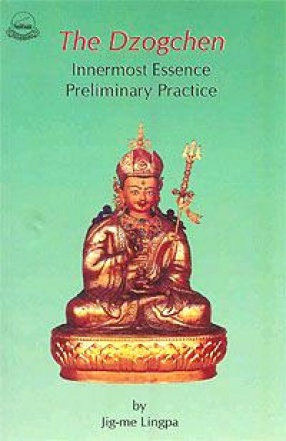
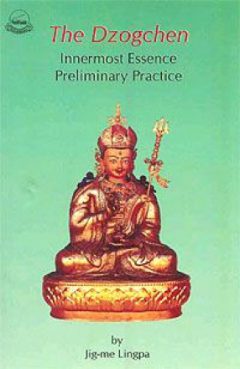
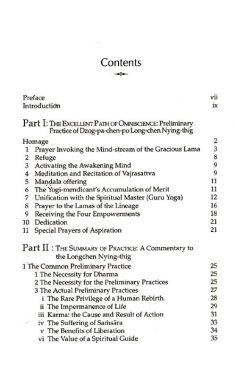
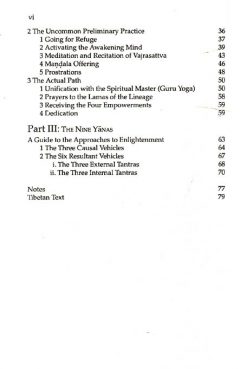
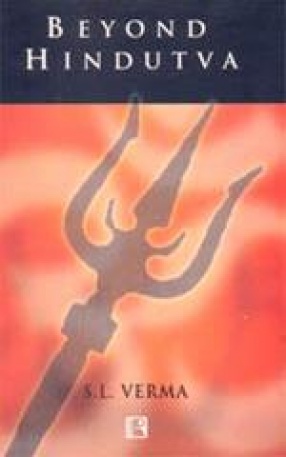
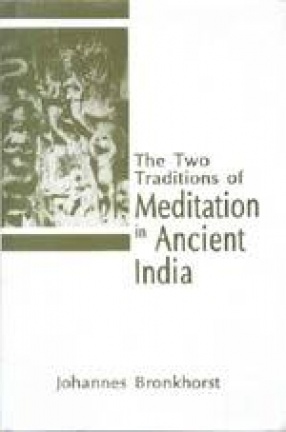
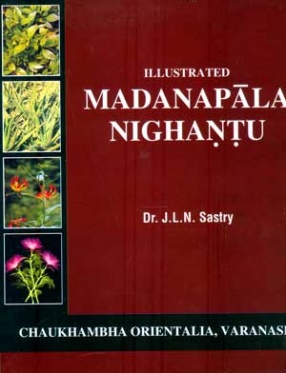
There are no reviews yet.